Pint-Sized Tank Buster: French LRAC-50 73mm Bazooka
September 20th, 2022
8 minute read
Prior to the Second World War, there really weren’t any “man-portable” anti-tank weapons as we know them today. In fact, oversized rifles — including the .55 caliber British Boys Anti-Tank Rifle and the 20mm Finnish Lahti L-39 — were about the only options in terms of anti-tank portability. Yet, those large bore rifles were largely obsolete even by the outbreak of the conflict in 1939.
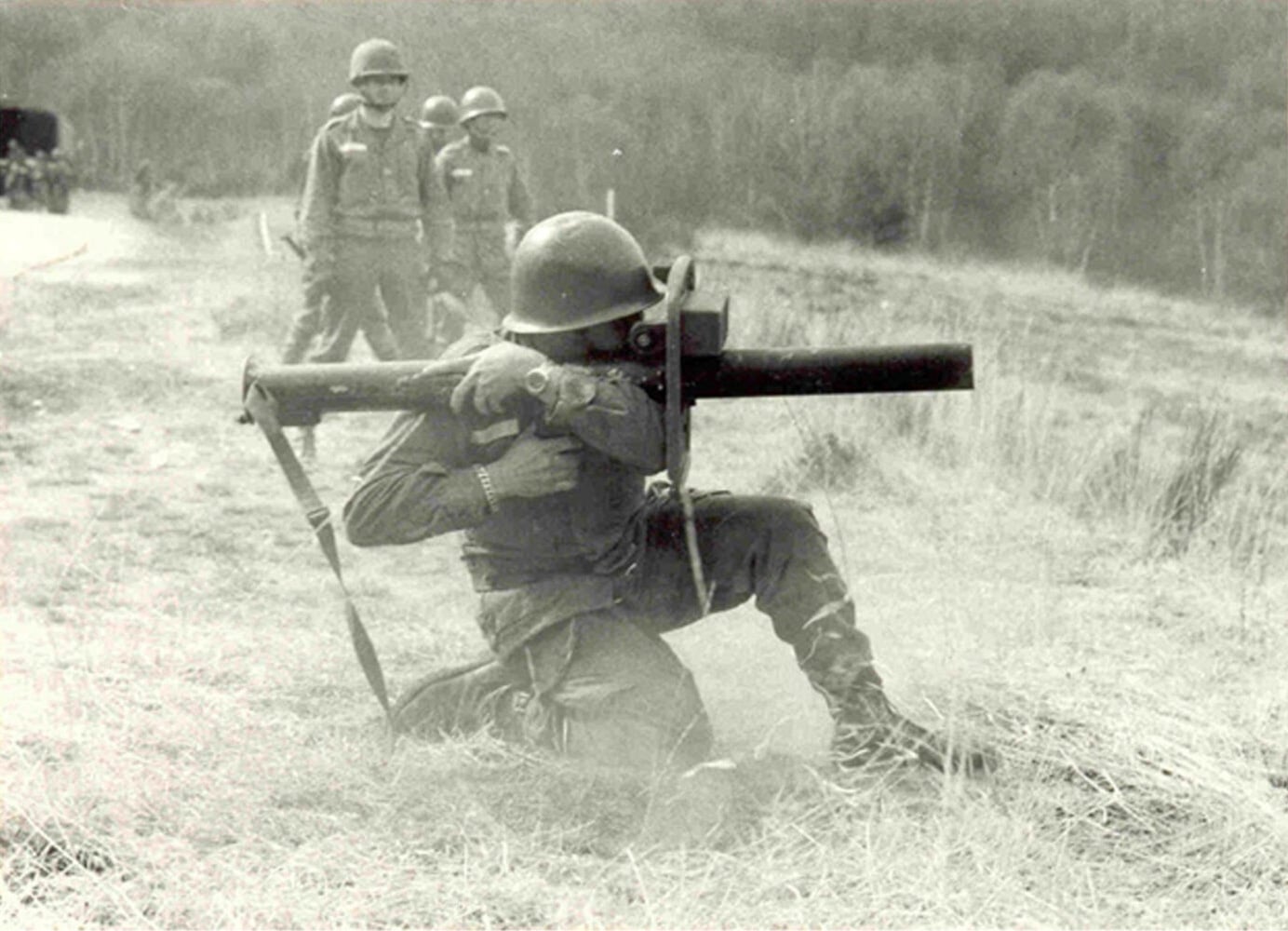
Large artillery pieces, such as the Soviet 45mm and German 75mm proved highly effective against most tanks, yet those weapons were far from portable.
The British devised one of the first effective anti-tank weapons with its PIAT (Projector, Infantry, Anti-Tank) gun, but it was the United States that developed the weapon that would be a game changer. It was the Rocket Launcher, M1 — later refined as the improved Rocket Launcher, M1A1 — but more commonly known as the “bazooka.” First employed in the North African Campaign, the M1 had failed to impress due to issues with the early M6 rockets.
However, by the end of the war, the weapon and newly improved M6A1 rounds proved effective at destroying German tanks. The bazooka concept was subsequently copied by the German military, and essentially “supersized” as the Panzerschreck, which packed more punch as the diameter of the warhead was increased from 60 to 88mm (2.4 to 3.5 inches).
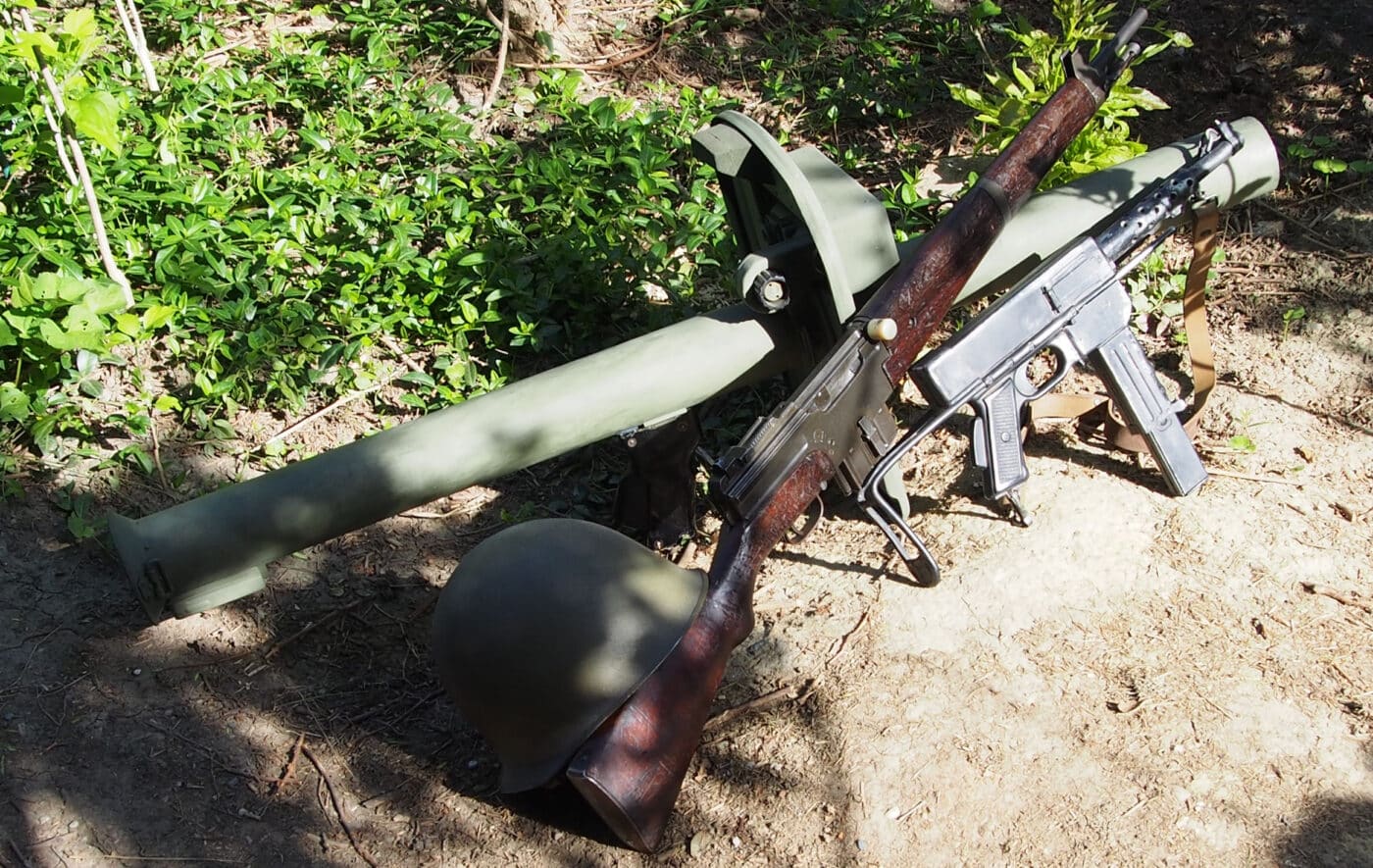
During the Cold War, the United States also introduced a larger version of the M6A1 as the M20 “Super Bazooka.” It was noted for being nearly 20 percent lighter than the German design, yet had a greater effective range. However, it was also significantly larger in size, which meant it was a bit unwieldy for easy transport. To address that fact, the aluminum tube was designed to be broken down into two pieces, and then locked together in the field via a latch assembly.
This basic “bazooka” design — the name reportedly came from radio comedian Bob Burns’ bazooka, a novelty musical instrument — was employed by militaries around the world. A few nations even sought to refine the concept. Among these was Belgian-made Blindicide, but it was a French version that was noteworthy for its efforts to reduce the weapon’s size.
Meet the LRAC de 73mm Mle 1950
After the Second World War, while the United States military sought to go much bigger with its “Rocket Launcher” platform, the French military went in another direction entirely. After the conflict, the French military was rearming with new weapons and at the same time Paris was attempting to retain control of its global empire — which was only second in size to the British Empire at the time.
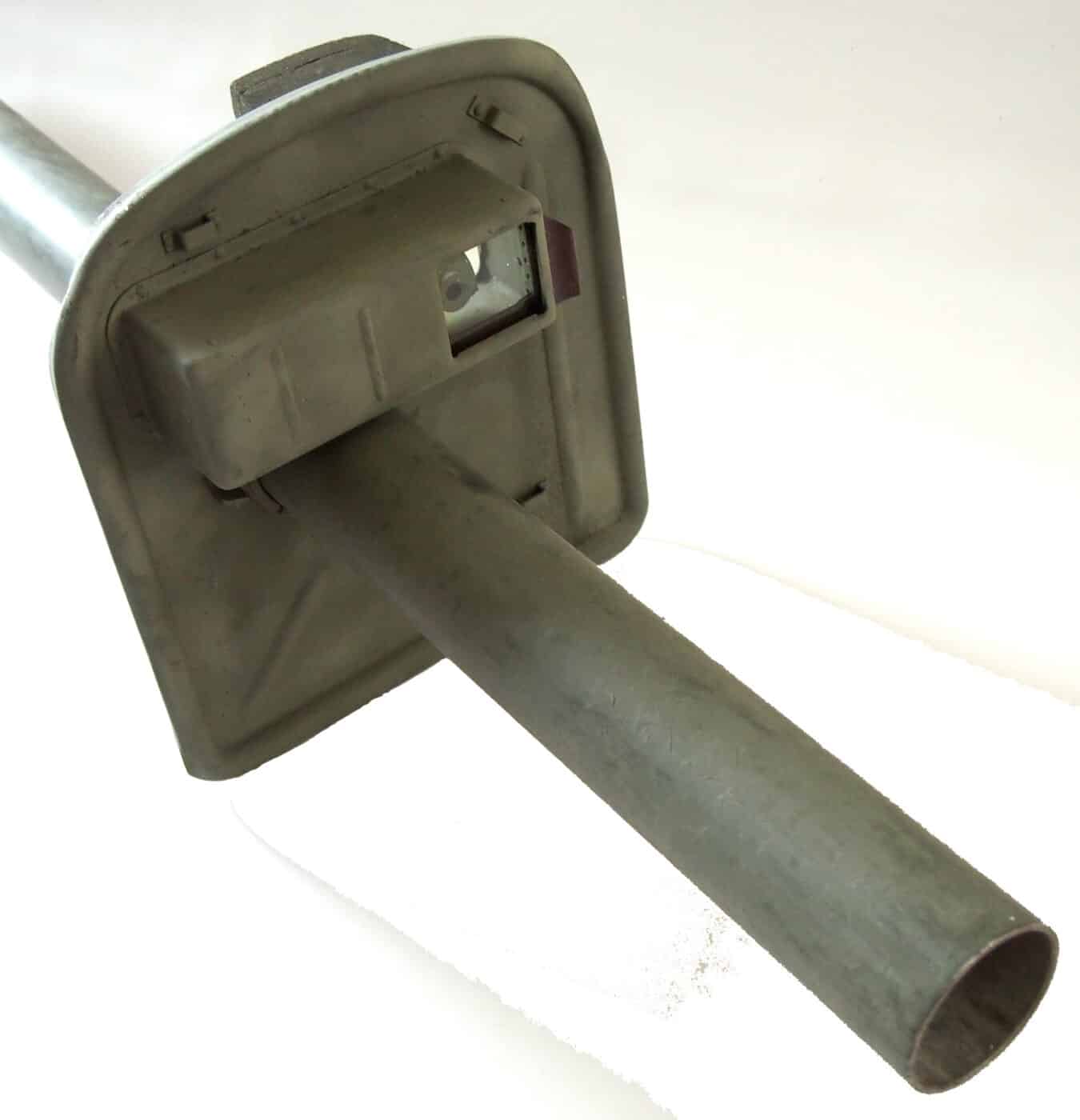
Yet, whereas the British had seen that ruling distant lands was no longer sustainable, and granted India full independence in 1947, the French sought to restore national pride by maintaining its distant colonies including French Indo-China.
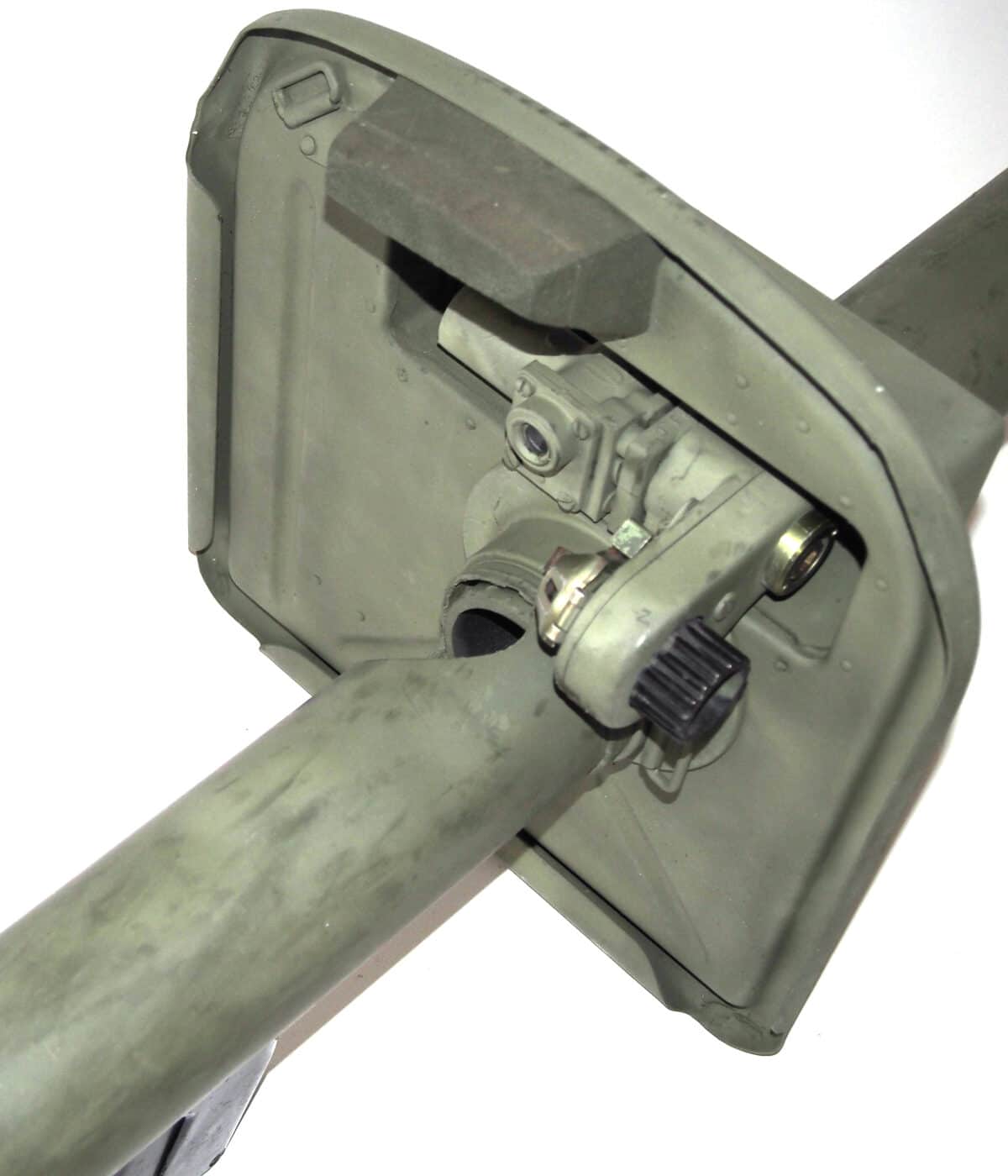
A larger and more powerful anti-tank weapon wasn’t really required for such conflicts, but the French military still saw the need for a weapon that could be employed against light armor and even fortified positions. Thus Direction des Études et Fabrications d’Armement developed the LRAC de 73mm Mle 1950 (lance-roquettes antichar de 73 mm modèle 1950 (LRAC 73-50)).
It was still based on the U.S. M20 ”Bazooka” 3.5-inch Launcher, and fired a 73-mm high explosive (300-grams) antitank projectile that was capable of penetrating more than 11 inches of rolled homogenous armor when struck at a 90-degree angle of impact. Taking a cue from the German Panzerschreck, it incorporated a steel face plate with viewing plate to protect the operator’s face from a rocket’s back blast.
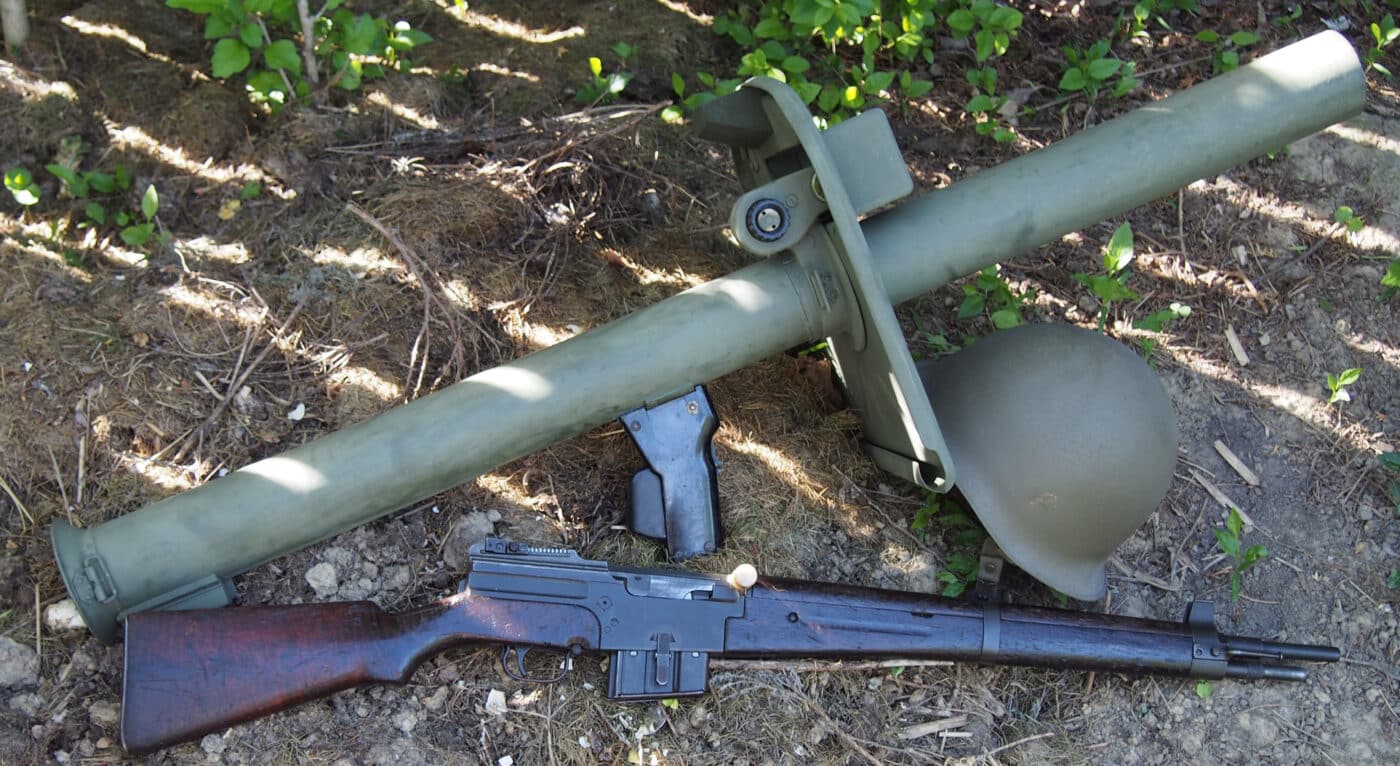
However, at 14.7 pounds and just 48-inch in length, it was shorter and lighter than other anti-tank weapons of the era, and even shorter than the 54-inches of the World War II-era M1A1 bazooka. That made for a truly compact man-portable platform, which could be easily carried and fired by a single soldier in the field, yet it was typically used by a two-man team. A trained shooter/team could deploy upwards of four (4) rounds per minute.
Despite its compact size, the LRAC still had maximum effective range of nearly 4,000-feet, and an effective range of about 650 feet or 200 meters. Though that was considerably less than the M20, which had an effective range of some 900 feet (300 meters), it should be remembered that these anti-tank weapons were primarily developed to be used in defensive close combat roles against tanks.
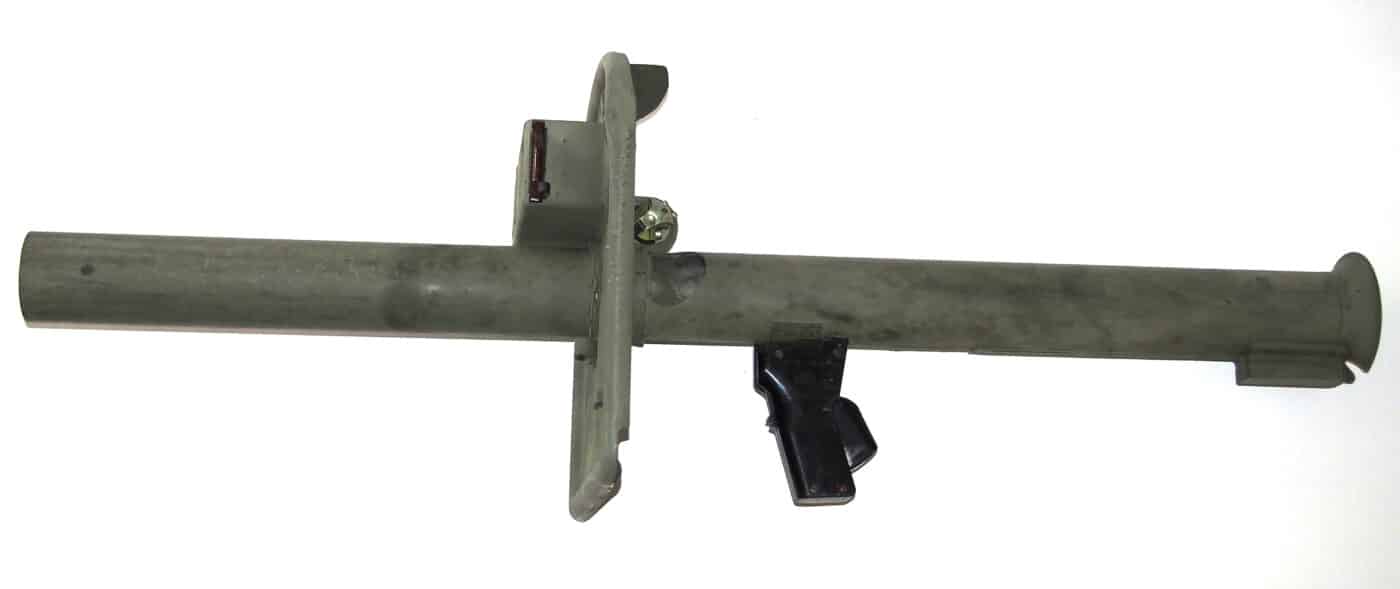
For both urban and jungle fighting, the compact size of the weapon was seen as ideal — and it should be also be noted the United States military found reasonable success with the M72 LAW rocket in Southeast Asia and more recently in Iraq and Afghanistan. A larger weapon clearly isn’t always better, and the French were simply the first to consider that fact.
Thus, the LRAC was among the earliest anti-tank weapons that stressed the need for a platform that was as compact as it was hard-hitting.
It is also worth further adding that the French military had considered the length and size of weapons even in the 1930s — and the MAS-36 bolt action rifle was considerably shorter than contemporary rifles of the era. Likewise, the French developed the MAS-38, a compact submachine gun that was far smaller than other close assault weapons used in the early stages of the Second World War.
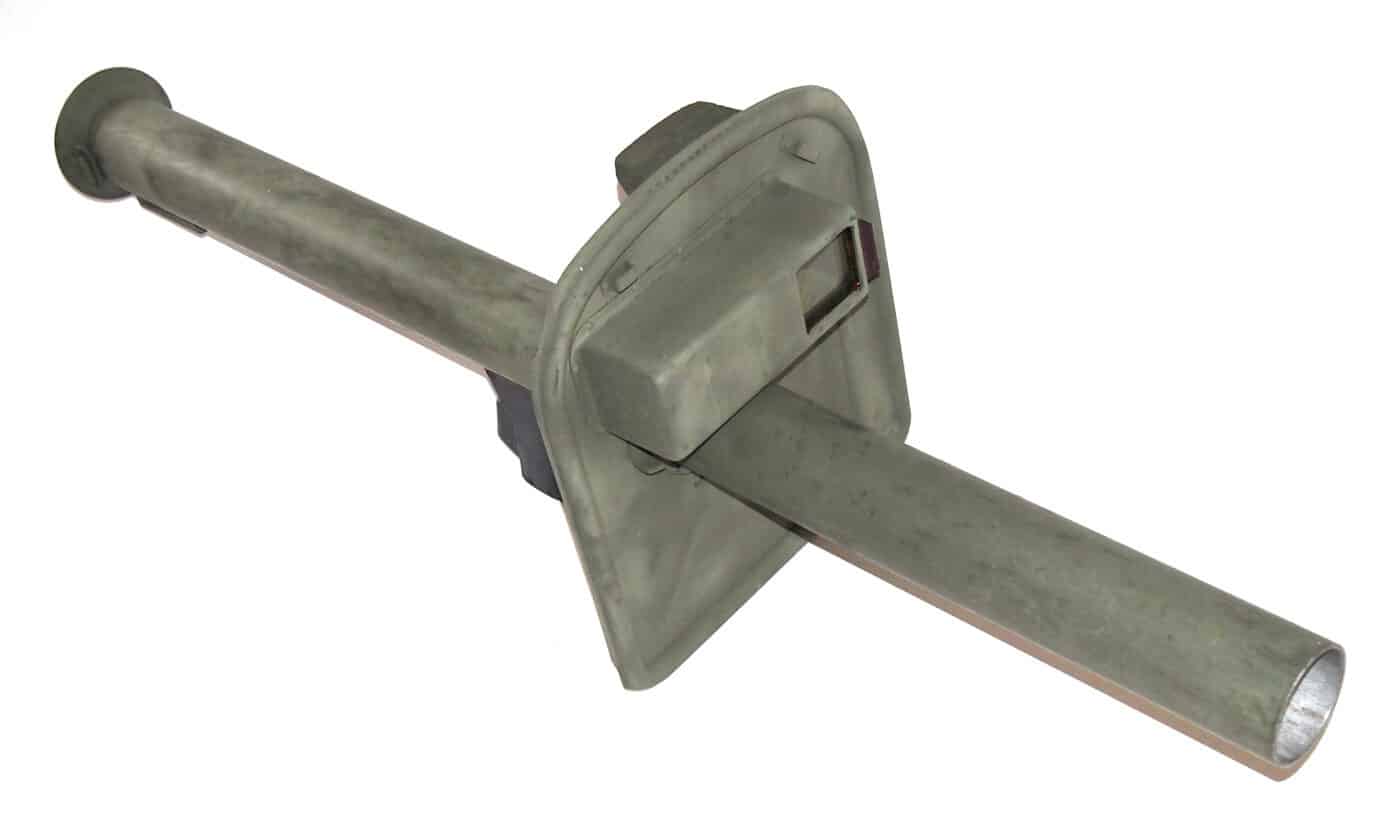
After the war, the trend in compact small arms continued with the development MAS-49 semi-automatic rifle and the MAT-49 submachine gun. The LRAC was very much part of that inclination to provide the ground pounders with compact yet powerful weapons.
The LRAC in Combat
The LRAC was first used by French Contingent Forces deployed to the Korean War (1950-1953), where it proved to be highly successful against Chinese-operated T-34 main battle tanks (MBTs). It was there that the compact size of the weapon was seen as a real benefit. The anti-tank weapon could be easily carried over the rugged terrain, and could be wielded in the village and urban fighting as well.
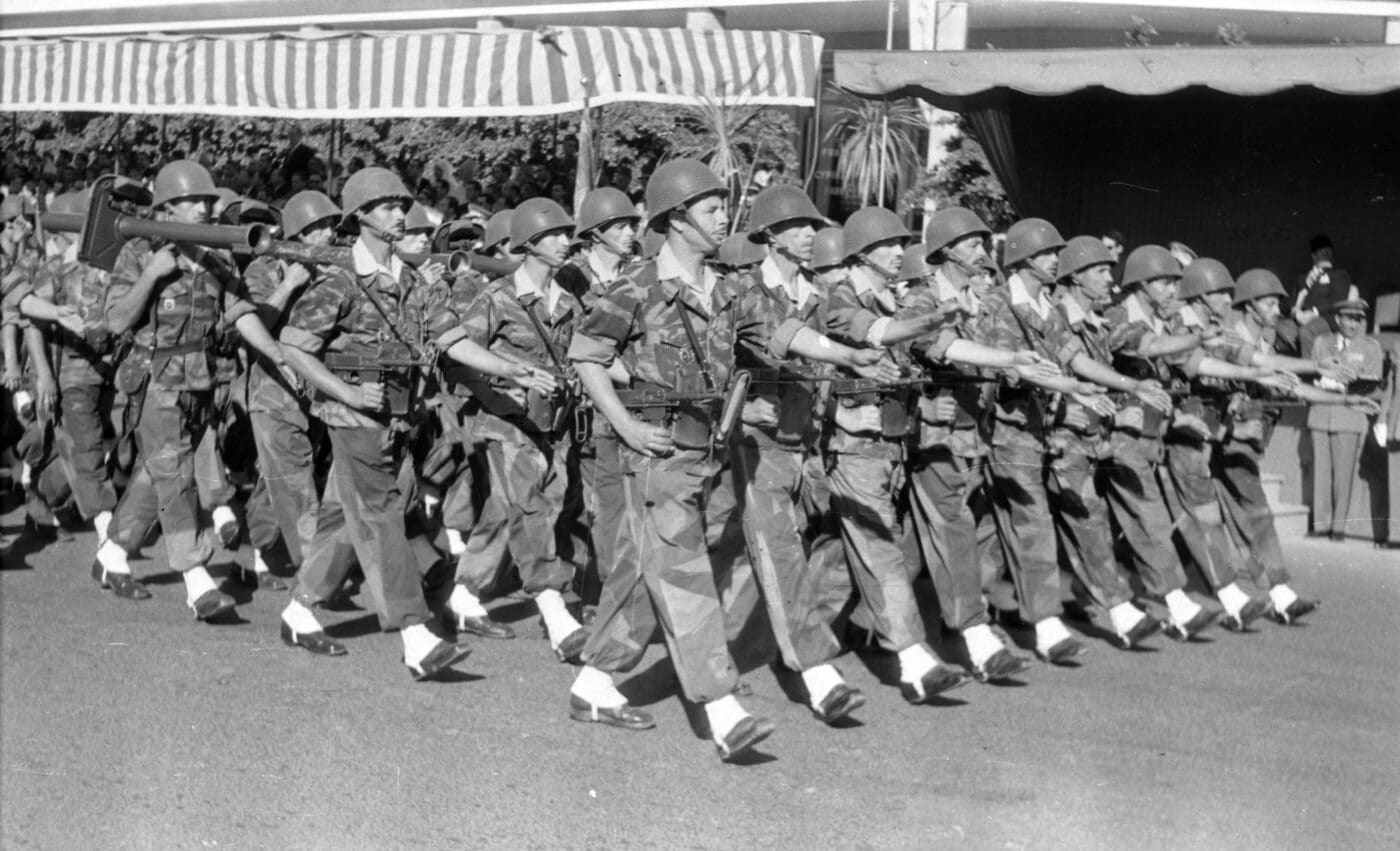
The French military also employed the LRAC de 73mm Mle 1950 in the First-Indochina War, and though the Viet Minh lacked armor, the launcher’s HEAT (high explosive anti-tank) rounds were found to be effective against fortified positions and bunkers. Its small size proved to be an asset in the jungles. The number of weapons used in the conflict is unknown, and while the Communist forces captured many of the anti-tank weapons, these were not much use as there was no supply of the French-made proprietary rounds. Thus few seemed to have been later used against American tanks — also likely due to the fact that the PAVN (People’s Army of Vietnam) were equipped with RPGs from China and the Soviet Union.
In French service, the LRAC also saw limited use in the Algerian War (1954-1962), but as the various Algerian nationalist forces also lacked any significant number of armored vehicles, the weapons role was once again limited. Yet, it was among the weapons to remain in use on the African continent, as surplus LRAC, and other French small arms were provided to Morocco after that former colony was granted its independence.
LRAC in Israeli Service
The French-made anti-tank weapon actually saw its final significant use at the end of the 1960s, as it had been adopted by the Israeli Defense Forces (IDF), and was still in service during the Six-Day War of 1967. It was used alongside the Belgian-made Blindicide — an improved version of the American M-20. The LRAC’s HEAT rounds proved effective against Syrian and Egyptian tanks and armored personnel carriers, including the Soviet-made T-34/84 and T-54/55 MBTs and BTR-40s.
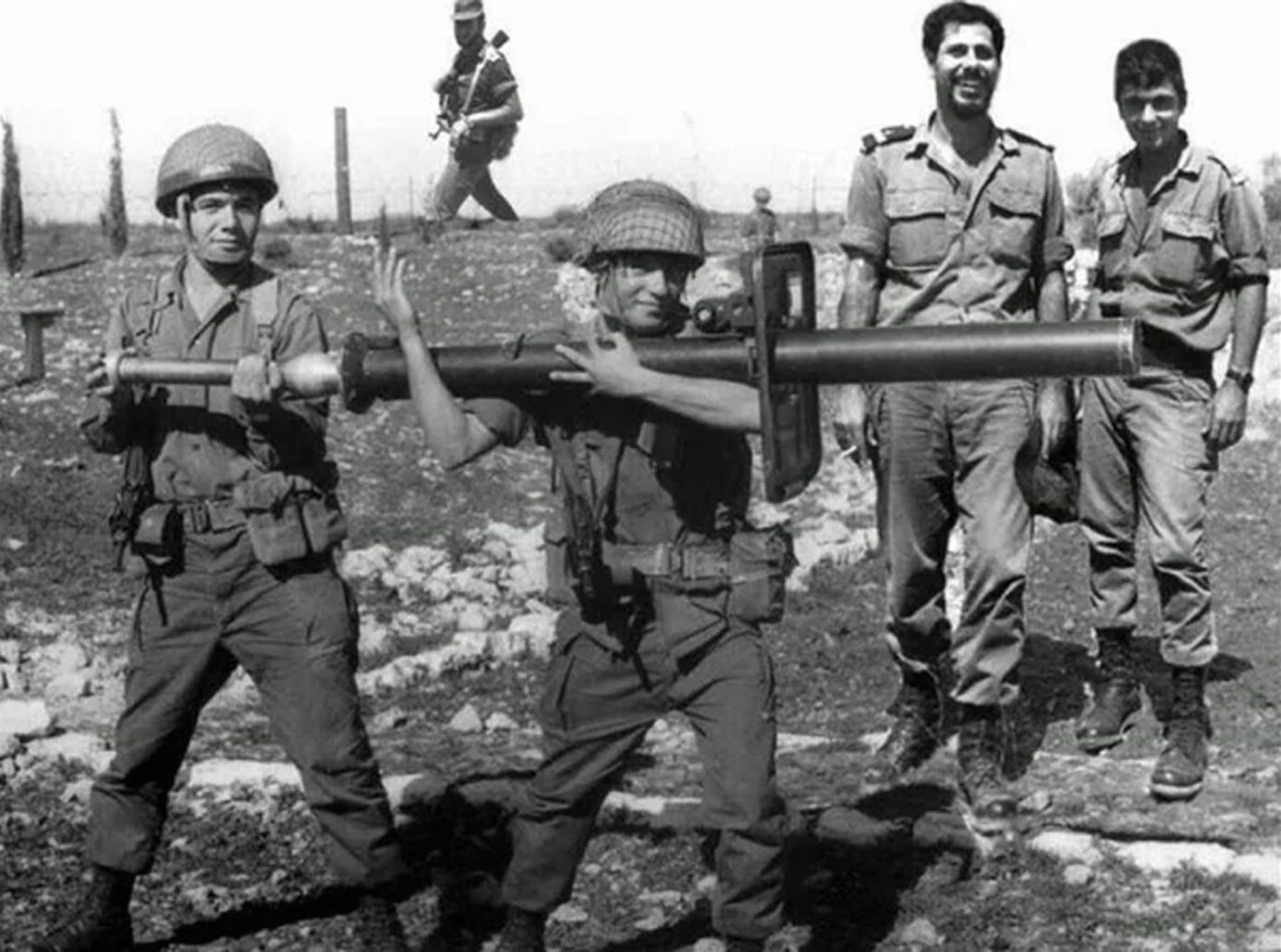
There are reports that the French-made weapon was also used against some of the Syrian Army’s World War II-era Panzer IV tanks that had supplied by France and Czechoslovakia. While unconfirmed, it would be notable that a French bazooka proved so successful against one of Nazi Germany’s best tanks — even if it was about 25 years after the Second World War. Whether the French considered the capabilities of the LRAC, and its potential to take on the Panzer IV, when the weapon was offered to Israel is unclear.
The LRAC had been retired from service in France after its defeat in Algeria, which also saw the collapse of its colonial empire, while the IDF also retired the weapon soon after the Six-Day War. Today, it is a largely forgotten bazooka variant, but one that had a brief but colorful service history around the world.
Collecting the LRAC
As its history hasn’t been well-documented, the LRAC hasn’t been especially sought after by collectors, but in 2021 a few dozen came on the market and were offered as deactivated surplus. As with other bazookas and tube artillery weapons, to be legal to own in the United States a hole needs to be cut in the bore of the same size of the muzzle diameter and the rear muzzle blocked.
The LRAC remains one of the more fascinating bazooka variants, a weapon that proved to be both man-portable and compact, and yet still packed a considerable punch.
Editor’s Note: Please be sure to check out The Armory Life Forum, where you can comment about our daily articles, as well as just talk guns and gear. Click the “Go To Forum Thread” link below to jump in!
Join the Discussion
Continue Reading
Did you enjoy this article?

 153
153






